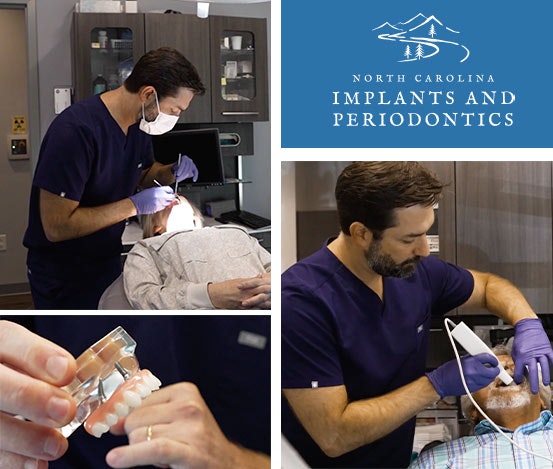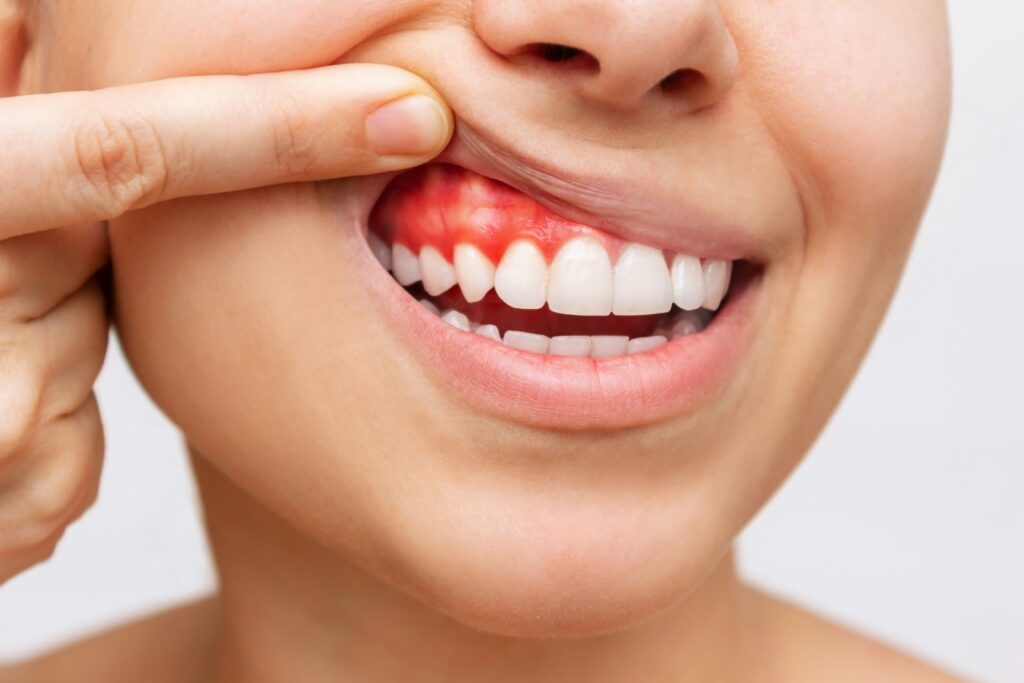Gum Disease
Understanding Gum Disease
Periodontal disease occurs when bacteria collects in the mouth, usually due to improper brushing and flossing. When the bacteria is allowed to harden and become tartar, it can lead to gingivitis and eventually periodontitis.
EXPLORING THE HEALTH RISKS
ASSOCIATED WITH UNTREATED GUM DISEASE
Recessed Gums
Gum tissue can pull away from your teeth, exposing underlying roots and increasing sensitivity.
Tooth Loss
Infected gums can cause teeth to become loose and eventually fall out. In fact, gum disease is the number-one cause of tooth loss in adults.
Jawbone Deterioration
Advanced periodontal disease can result in permanent damage to the jawbone.
Gum disease has been linked to an increased risk of other health complications that concern the whole body, including heart disease, stroke, Alzheimers, and diabetes. Our practice is here to help you avoid these serious effects of unchecked gum disease.
What are the symptoms of gum disease?
Gum disease treatment options
The team at our periodontist’s office in Raleigh, NC , offers a range of solutions designed to address gum disease at any stage:
WHY VISIT A PERIODONTIST FOR GUM DISEASE TREATMENT?
Raleigh Patients Are Grateful for Us

North Carolina Implants and Periodontics
Established in 2018, our practice is led by Thiago Morelli, DDS, MS. His professional affiliations and distinctions include:
- AAP: American Academy of Periodontology
- ADA: American Dental Association
- Diplomate – American Board of Periodontology
- Fellow – International Team for Implantology
Please request an appointment by contacting us online or by calling us at: (919) 510-8888



